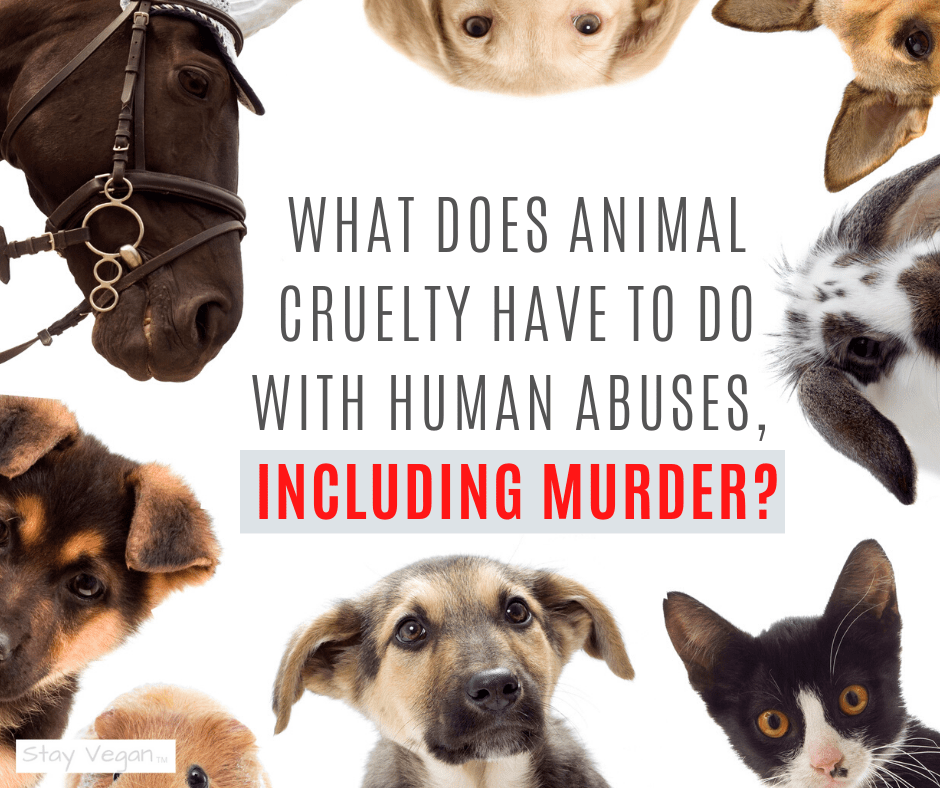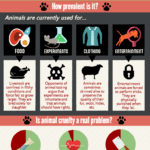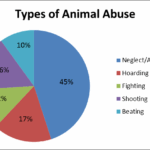In the complex tapestry of existence, animal cruelty emerges as an ominous thread, woven deeply into the fabric of human experience. It serves as a poignant mirror, reflecting not merely the nuances of our relationship with other species but, more significantly, the contours of our own morality. This moral lens reveals a dichotomy between empathy and indifference, compelling us to confront uncomfortable truths about our values and ethical frameworks.
At the heart of the matter lies an intrinsic question: What does our treatment of vulnerable beings convey about us? When we witness acts of cruelty, be it through neglect, exploitation, or outright violence, we are not just observing horrific transgressions against sentient beings. We find ourselves staring into the abyss of our consciousness, compelled to interrogate the principles that guide our actions. Like a reflection in unblemished glass, animal cruelty unveils the shadows lurking within the human psyche.
When we consider the concept of compassion, it becomes evident that society’s moral barometer is continually being tested. Historically, many cultures have oscillated between reverence for animal life and stark disregard for it. Ancient philosophies often positioned animals as spiritually significant, endowed with rights and deserving of respect. Yet, the modern era has ushered in a dissonance, where the commodification of life thrives alongside philosophical introspection. This juxtaposition begs a deeper examination of our ethical constructs. The acumen we demonstrate toward fellow humans seems alarmingly absent when the plight of animals emerges in discourse.
In an age where progress is frequently lauded, we must ponder whether our advancements have merely perpetuated a facade of moral superiority. The industrialized exploitation of animals for food, clothing, and entertainment reveals a troubling truth: the capacity for cruelty exists as a dark undercurrent in the pursuit of convenience. In this relentless quest for efficiency, we strip animals of their agency and individuality, transforming them into mere cogs in a vast, unforgiving machine.
Intriguingly, animal cruelty is not solely about the animals themselves; it ultimately encapsulates a broader commentary on human values. When cruelty manifests in one realm, it often fosters a culture of desensitization. For instance, children raised in environments that condone or overlook violence against animals may develop a skewed moral compass. Their understanding of empathy and compassion can become warped, eventually translating to their interactions with fellow humans. This is not merely speculation; it is a chilling reality that demands our attention.
Metaphorically speaking, the treatment of animals acts as an ethical canary in the coal mine. Just as the tiny bird warns of impending danger within the dark confines of a mining shaft, the plight of animals signals the health of our collective moral fabric. A society that tolerates cruelty is a society perilously close to losing its moral bearing. As we witness acts of violence against animals—whether in the confines of factory farms, through the illegal wildlife trade, or in the anonymity of dogfighting rings—we cannot help but question whether such brutality is entrenched in apathy or a symptom of something more profound.
The philosopher Arthur Schopenhauer posited that a man’s character can be best evaluated by his dealings with animals. This notion resonates today, especially in an era rife with ethical dilemmas. It exhorts us to weigh our treatment of the more vulnerable against our professed ethical standards. If humans continue to perpetuate cruelty against animals, how can we genuinely claim to uphold values of justice, fairness, and respect? The cognitive dissonance between our progressive rhetoric and regressive actions must be resolved for us to foster a society rooted in genuine empathy.
Moreover, research increasingly corroborates that people’s attitudes toward animal welfare are profoundly influenced by their upbringing, education, and culture. The adage, “It takes a village,” rings true when discussing the cultivation of moral values. Communities that embrace compassion toward all sentient beings are invariably transformed into havens of empathy, enlightening future generations to the sanctity of life. Education plays a pivotal role in rectifying the paradox of animal cruelty. Instilling an understanding of empathy for animals can catalyze a broader acceptance of humane values that extend to all beings.
In summary, the issue of animal cruelty serves as an illuminating beacon, encapsulating the very essence of human morality. It forces us to confront our ethical discrepancies and challenge the status quo. Inamissable is the truth that our treatment of animals reflects our collective moral state; it underlines our capacity for compassion or our propensity for cruelty. Like the silent tolling of a bell, the suffering of animals reverberates through the corridors of our conscience, urging us to redefine the very tenets of morality.
The path forward is fraught with challenges, yet it is illuminated by the promise of transformation. By taking a firm stance against animal cruelty, we embrace the notion that living ethically includes recognizing and respecting the intrinsic value of all lives. This awakening initiates a profound metamorphosis within society—one that can ultimately lead to a moral renaissance, fortified by empathy and understanding. Let this be our legacy—a testament to our confrontation with the specters of cruelty and a beacon of hope for a more compassionate future.







